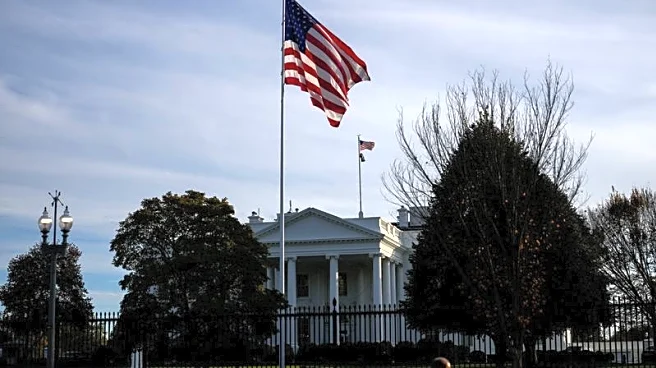What's Happening?
The UK's National Trust has dismissed claims from the Restore Trust pressure group that its properties are inadequately insured against disasters. Restore Trust, supported by figures like Nigel Farage, has criticized the National Trust's handling of historic
properties, particularly Clandon Park, which was severely damaged by fire in 2015. The group argues that the Trust should ensure all buildings are sufficiently insured to cover any eventuality. The National Trust maintains that its insurance arrangements are confidential but assures that it has robust coverage for catastrophic events. The debate highlights differing views on the Trust's risk management strategies and the broader challenges of insuring historic properties.
Why It's Important?
The dispute over insurance coverage for historic properties underscores the challenges faced by organizations like the National Trust in balancing preservation with financial prudence. Adequate insurance is crucial for safeguarding cultural heritage, yet rising premiums and limited competition in the insurance market complicate this task. The debate also reflects broader tensions within the Trust regarding its approach to historical narratives and modern values. The outcome of this debate could influence how heritage organizations manage risk and engage with stakeholders, potentially affecting public trust and funding.
What's Next?
National Trust members will vote on the resolution at the upcoming AGM, which will also include elections to the Trust's council. Restore Trust has nominated candidates for the council, continuing its efforts to influence the Trust's policies. The resolution's outcome could lead to changes in the Trust's insurance practices and transparency, impacting its relationship with members and the public. The broader implications for heritage management and insurance practices will depend on the Trust's response to these challenges.
Beyond the Headlines
The debate raises ethical questions about the responsibility of heritage organizations to protect cultural assets while managing financial constraints. It also highlights the impact of climate change on insurance costs and the vulnerability of historic properties to environmental risks. The discussion may prompt a reevaluation of how heritage organizations balance preservation with modern values and financial realities.














